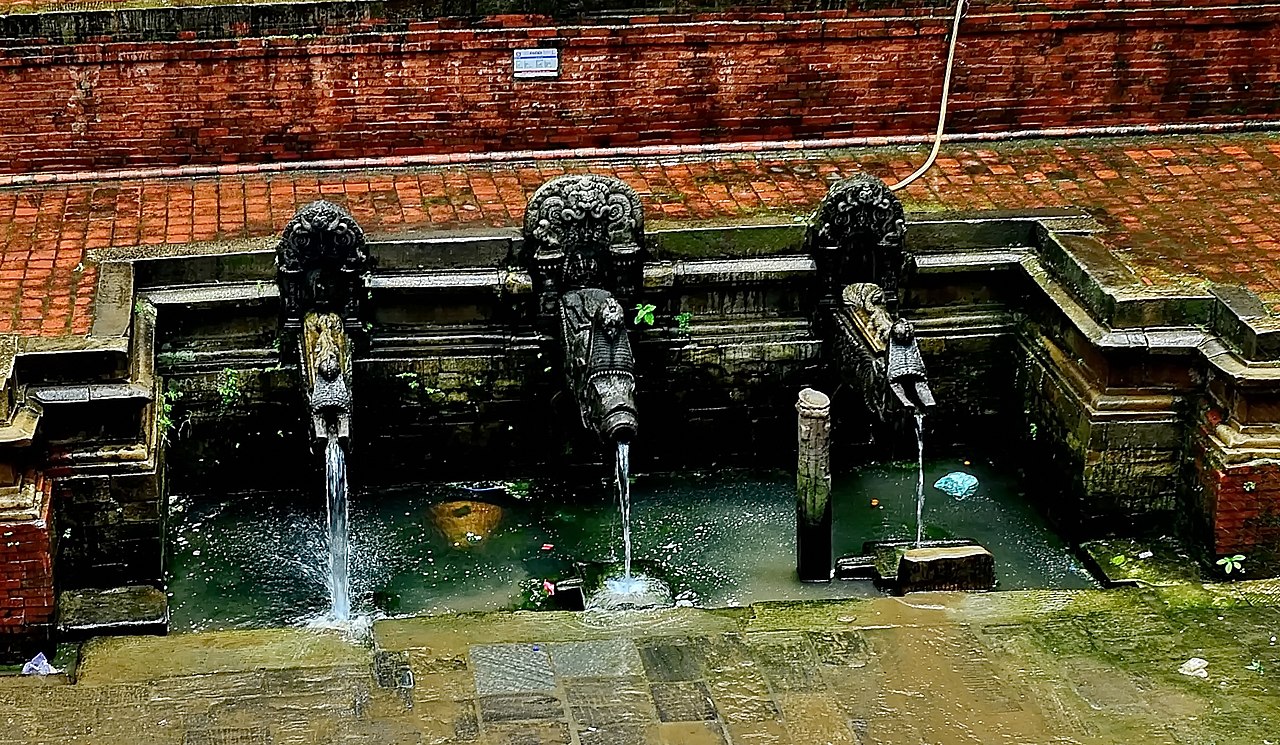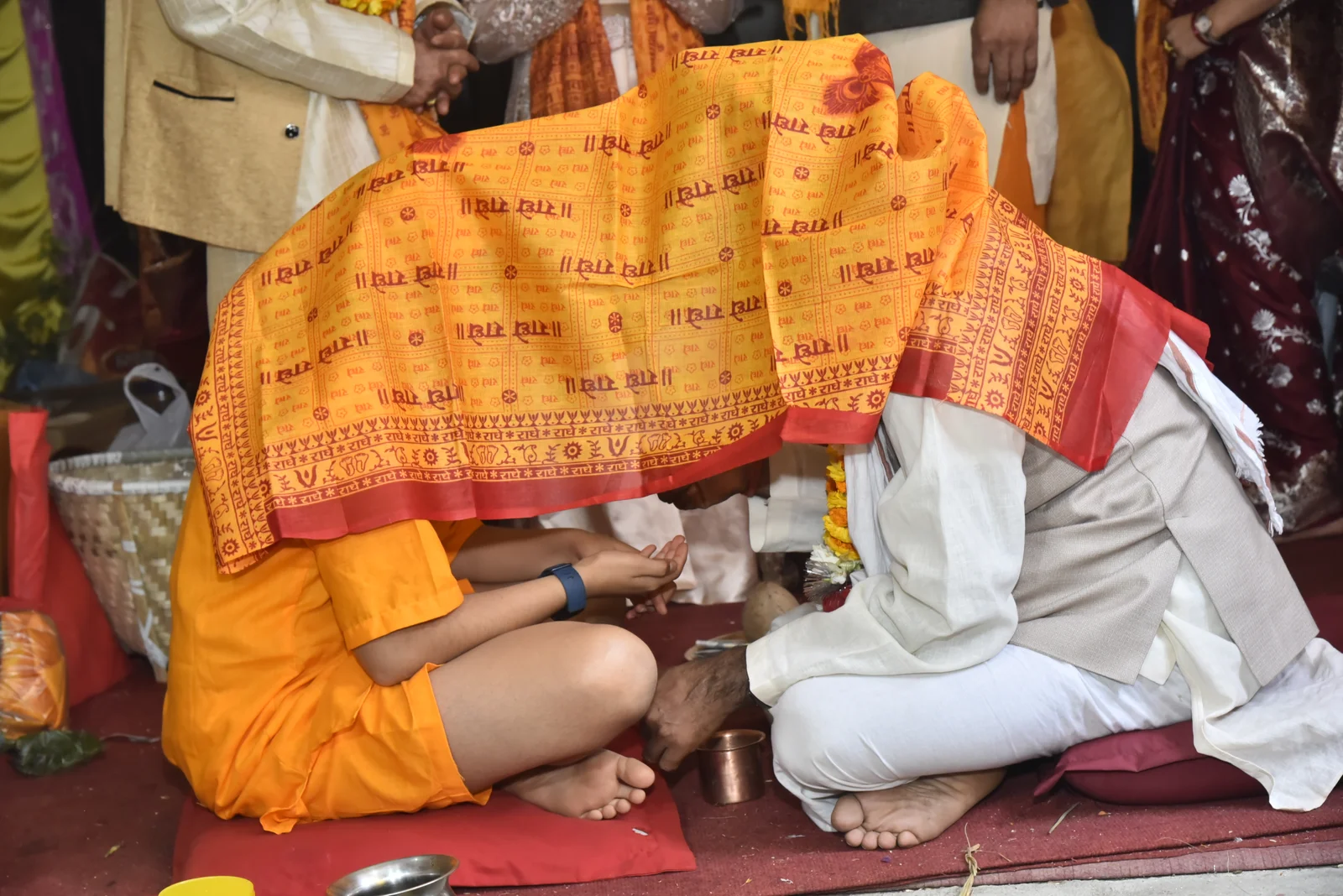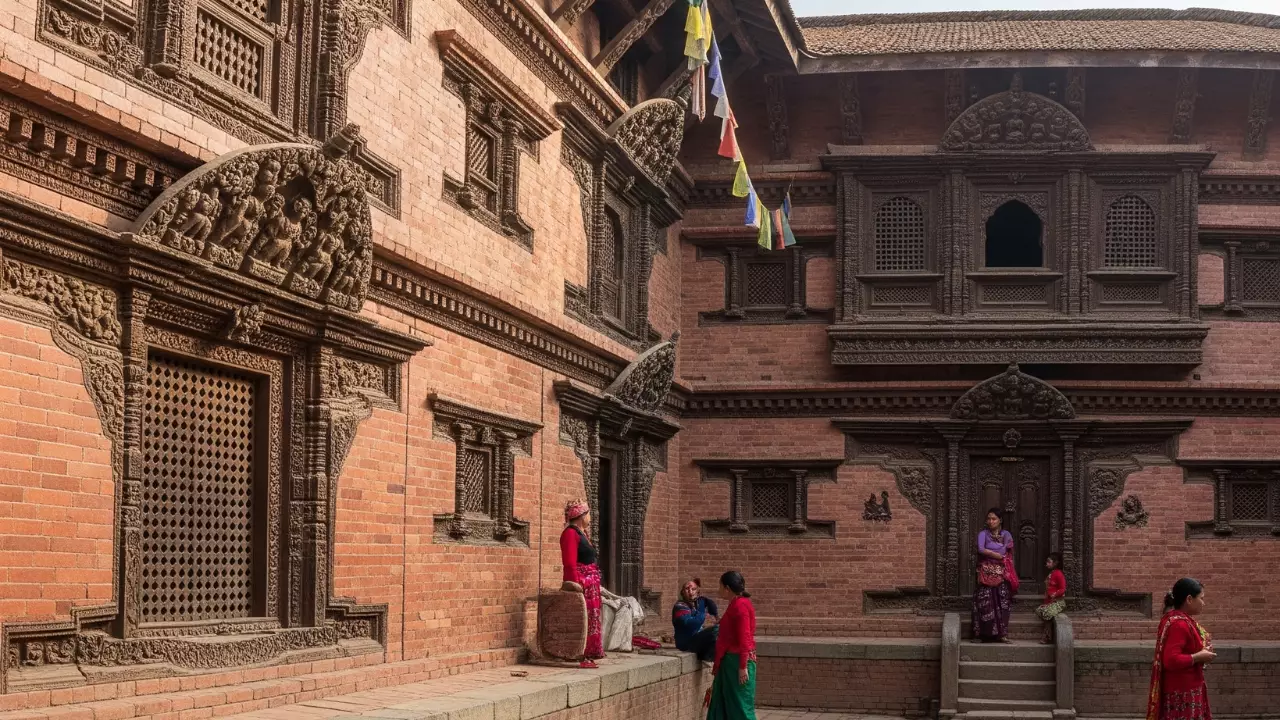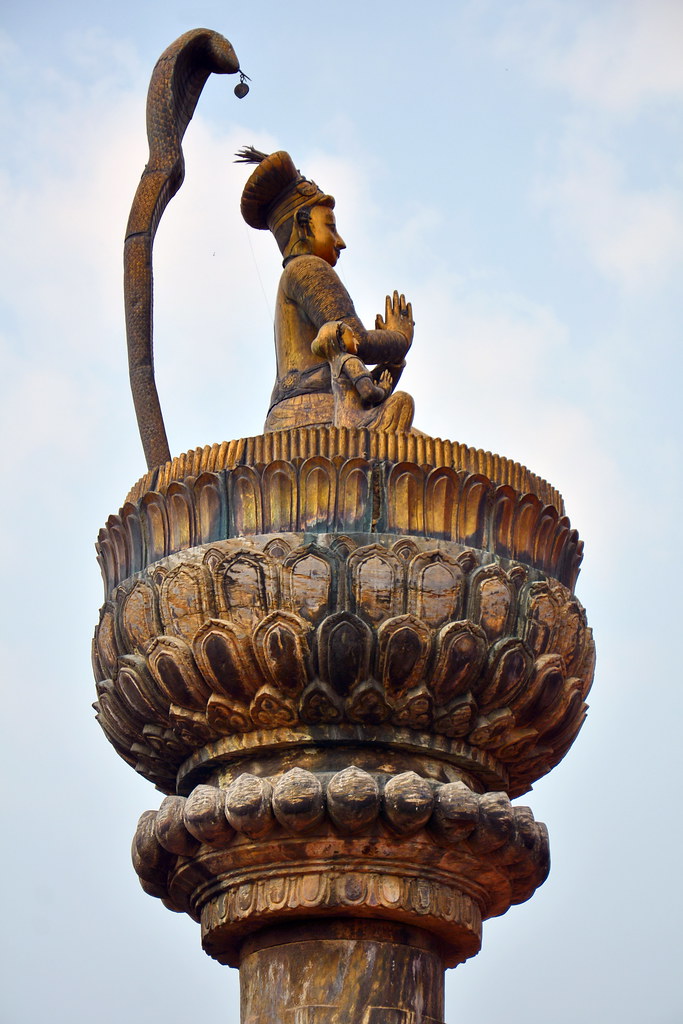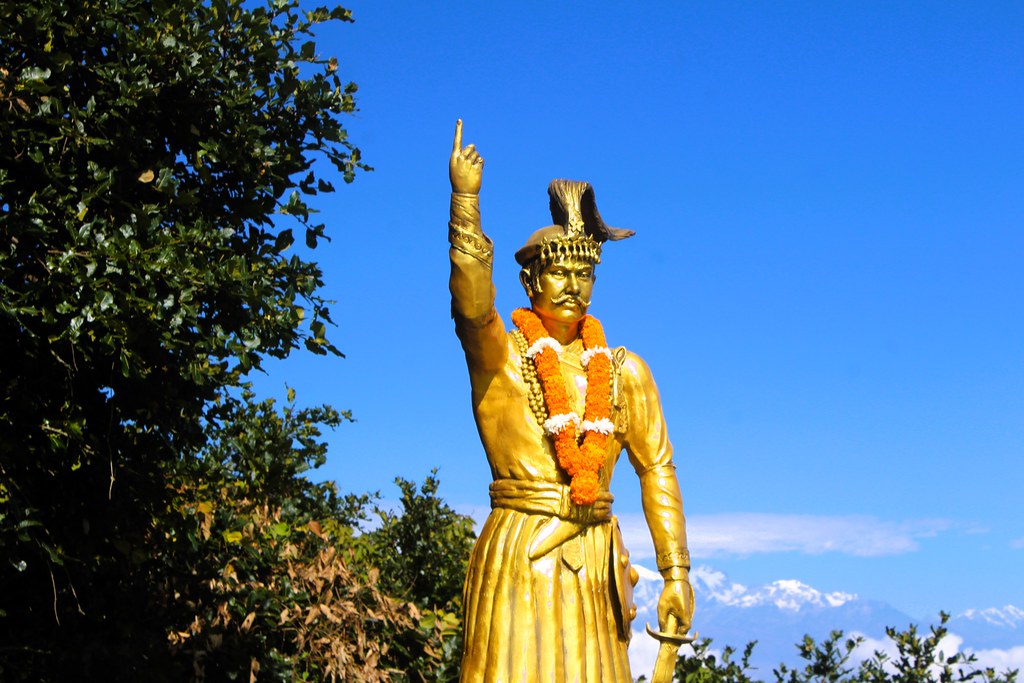Share this Article
Introduction
Dhunge dhara, also known as hiti in the Newar language, is a traditional water system of Nepal that has been in use for centuries. These stone fountains are intricately carved and serve as continuous water sources, drawing water from underground reservoirs. They form a crucial part of Nepalese heritage, offering both functionality and artistic value despite the development of modern water supply systems, dhunge dharas remain an essential part of daily life for many Nepalese people, especially in the Kathmandu Valley.
The dhunge dhara system is unique not just in its design but in its role in water management and conservation. They are often found in temple courtyards, public squares and near residential areas, making them accessible to the local population. Over the years, these stone spouts have provided fresh drinking water to millions, acting as a testament to Nepal’s advanced engineering skills and environmental sustainability practices.
Historical Significance
The origins of Dhunge Dhara date back to the Licchavi Kingdom (c. 400–750 AD). The earliest recorded dhunge dhara was built by King Brisasdev around 400–425 AD and another early example is found in Hadi Gaun, Kathmandu, built in 550 AD by a grandson of King Mandev I. The oldest functioning dhunge dhara on record is Manga Hiti in Mangal Bazar, Patan, which dates back to 570 AD.
During the Malla period (1201–1779 AD), rulers such as Jitamitra Malla of Bhaktapur, Pratap Malla of Kathmandu and Siddhinarshinha Malla of Patan expanded and improved these water systems. The Malla kings were known for their patronage of art and architecture, which is reflected in the elaborate designs of many dhunge dharas built during this era. The last known dhunge dhara was constructed in 1829 by Queen Lalit Tripura Sundari Devi and Bhimsen Thapa in Sundhara, Kathmandu. The development of these water spouts throughout Nepal’s history indicates a continuous focus on sustainable urban planning.
Architectural Features
While "dhunge dhara" translates to "stone spout" , these water fountains are not always made of stone; some of them are constructed using materials such as brass, copper, gold, and wood. The spouts are often carved in the shape of a mythical creature known as the makara or hitimanga, which combines elements of various animals: the snout of a crocodile, the trunk of an elephant, the ears and tusks of a wild boar and the tail of a peacock. This composite creature symbolizes strength and resilience and is commonly found in traditional Nepalese architecture.
The makara acts as a decorative water channel, with water often flowing through a sequence of sculpted animals such as goats, rams or bulls before it reaches the final outlet. These artistic elements are also found in Nepalese ritual objects like vajras (thunderbolt weapons) and toranas (decorative archways), indicating the integration of religious and cultural motifs into public utility structures.
The structure of dhunge dharas typically consists of the following elements:
- Main Water Spout: The carved outlet where the water flows continuously.
- Water Collection Chamber: A basin or storage area where water is retained before distribution.
- Surrounding Sculptures: Intricate carvings of deities, animals, and floral motifs embellish the spouts.
- Supporting Ponds and Canals: These structures help regulate the flow of water and maintain supply during dry seasons.
Functionality and Water Management
The dhunge dhara system is supported by a network of ponds and canals that help store and regulate water. These water bodies play a crucial role in maintaining a steady water supply during dry seasons while also preventing flooding during monsoons. The system relies on underground aquifers, which channel water naturally through gravitational force. This ingenious method allowed ancient Nepalese societies to create a sustainable and reliable water distribution network without modern technology.
However, due to urbanization and the introduction of piped water systems in the late 19th century, many of these traditional fountains have fallen into disrepair. The encroachment of urban structures, pollution, and neglect have significantly reduced their efficiency.
Despite this decline, dhunge dhara continues to serve thousands of people daily. In 2008, Kathmandu Valley's dhunge dharas produced 2.95 million liters of water per day by 2019, this number had dropped to approximately 382,399 liters per day. A 2010 survey of 389 stone spouts in the valley revealed that 233 were still in use, 68 had dried up and 45 were lost entirely. Additionally, 43 dhunge dharas were connected to the municipal water supply rather than their original sources.
Cultural and Religious Importance
Apart from being functional water sources, dhunge dhara also holds religious and cultural significance. Many spouts are located near temples and monasteries, making them integral to daily rituals and ceremonies. Devotees often use the water from these spouts for purification before entering temples. Some dhunge dharas are even considered sacred, with legends associated with their origins.
For instance, it is believed that certain dhunge dharas were built by divine beings or inspired by dreams and visions of kings. The integration of water-related deities, such as Nagas (serpent gods), into the architectural designs further reflects the spiritual importance of these water sources.
Modern Adaptations
To ensure their continued use, several dhunge dharas have been modified with modern water storage systems. Some examples include:
- Sundhara, Patan: Equipped with an underground tank holding 25,000 liters of water.
- Narayan Hiti, Patan: Fitted with overhead storage tanks.
- Alko Hiti: Enhanced with a water tower, underground pipes, and rainwater recharge pits.
- Iku Hiti, Patan: Water is collected in an 80,000-liter storage tank and distributed to surrounding communities by Kathmandu Upatyaka Khanepani Limited (KUKL).
These adaptations aim to blend traditional water management systems with modern technology, ensuring a sustainable supply for future generations.
Challenges and Conservation Efforts
Due to their historical and cultural significance, dhunge dharas have been recognized by organizations such as the World Monuments Fund (WMF), which included them in the 2022 World Monuments Watch. A 2019 survey by the Kathmandu Valley Water Supply Management Board (KVWSMB) recorded 573 dhunge dharas across ten municipalities, with 94 completely lost.
Several challenges threaten the preservation of these ancient water systems:
- Urbanization: Rapid expansion of cities has encroached upon many dhunge dharas, leading to their neglect or destruction.
- Pollution: Contamination of water sources due to industrial and household waste has rendered some dhunge dharas unusable.
- Lack of Maintenance: Many spouts have fallen into disrepair due to the absence of regular cleaning and restoration efforts.
- Climate Change: Changes in rainfall patterns and depletion of underground water sources have impacted the functionality of some dhunge dharas.
To address these issues, conservation initiatives have been undertaken by local communities, non-governmental organizations, and government agencies. Restoration projects focus on cleaning, repairing damaged structures, and reviving water sources through sustainable water management practices. Community involvement is crucial in these efforts, as many locals still rely on dhunge dharas for their daily water needs.
Conclusion
Dhunge dharas are a vital part of Nepal’s architectural and cultural heritage though many have been lost to modernization, efforts are being made to restore and maintain the remaining ones. These ancient water systems are not only functional but also represent the ingenuity of Nepal’s ancestors in managing water resources in a sustainable way, preserving them ensures that future generations can continue to benefit from these remarkable historical structures while maintaining a connection to their cultural roots.
The revival and integration of traditional water management techniques with modern conservation methods could serve as a model for sustainable water usage worldwide. Protecting dhunge dharas is not just about preserving history it is about ensuring a sustainable future.
Categories:
History & Heritage
Tags:
Dhara
,
Dhunge Dhara

